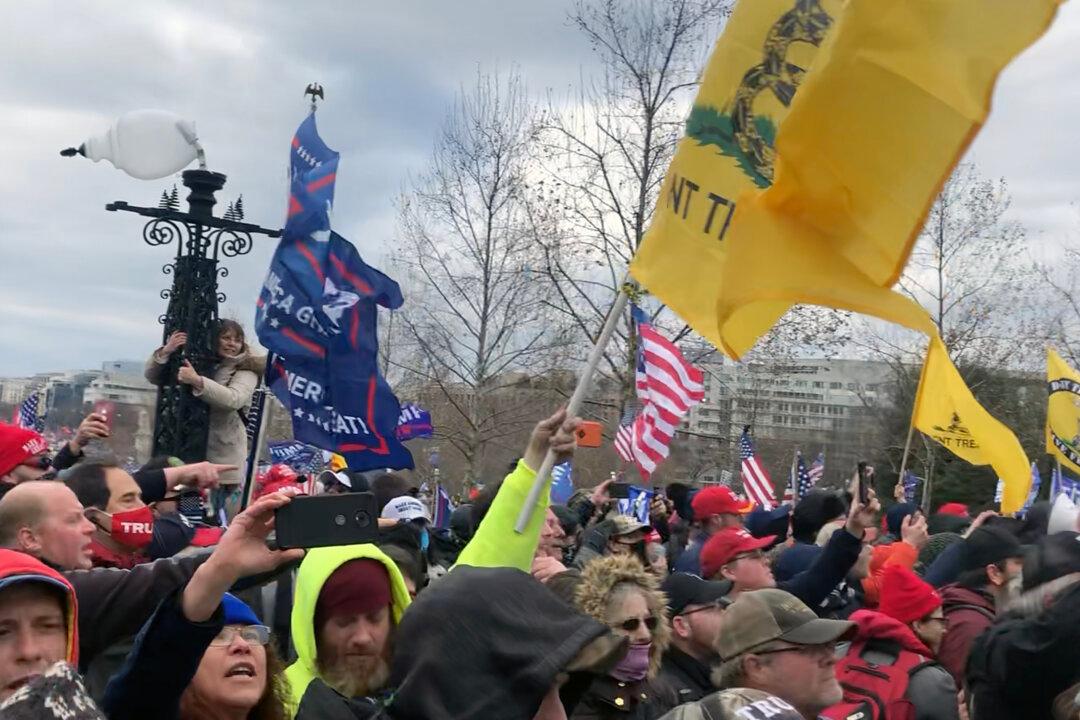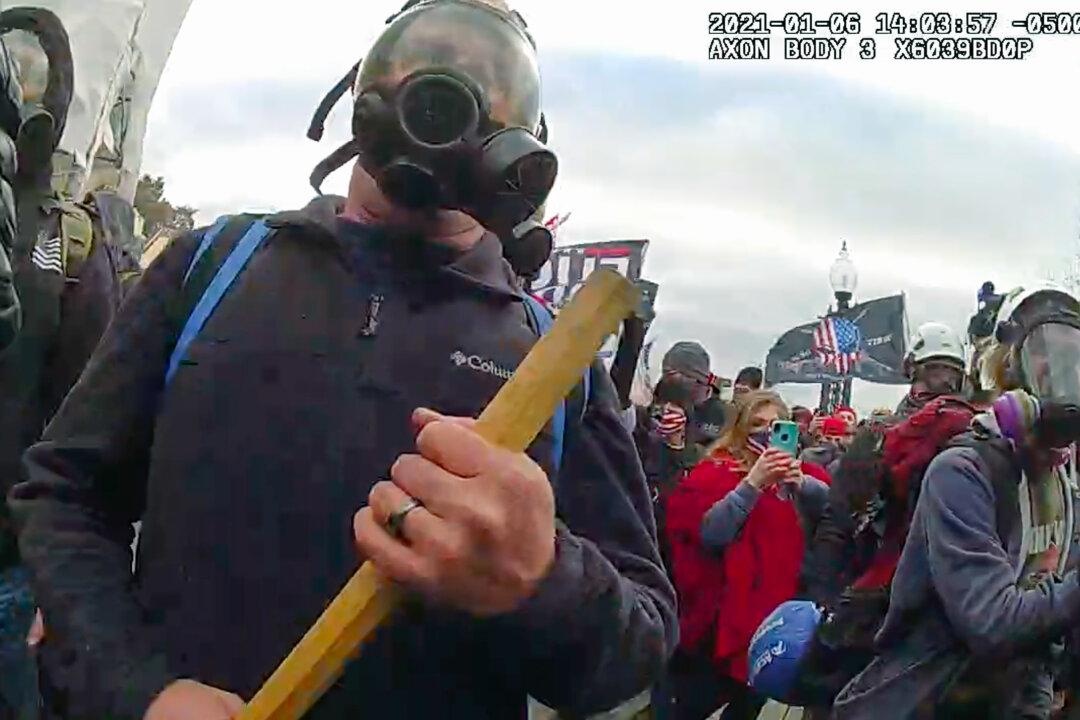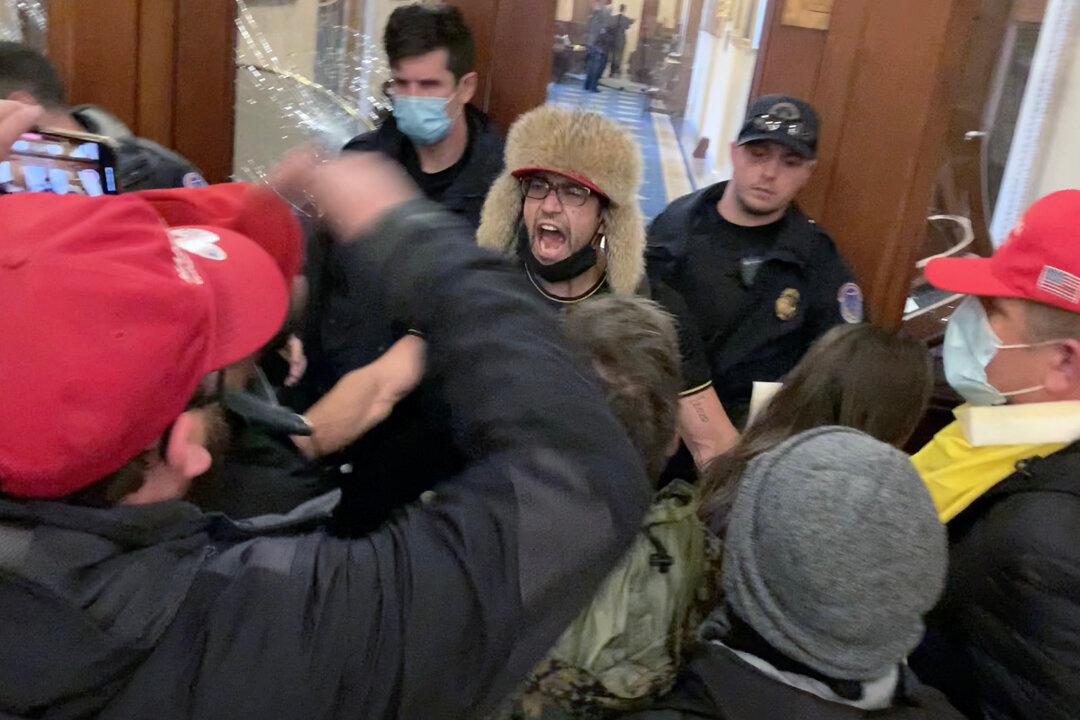The FBI’s “alarming” use of general warrants to scoop up the private location data of the devices of thousands of people on Jan. 6, 2021, was a violation of the Fourth Amendment that enabled an illegal four-acre dragnet to generate criminal charges without probable cause, defense attorneys argue in federal court filings.
In the wake of the protests and violence at the U.S. Capitol, the FBI served search warrants on technology giant Google Inc. and telecommunication companies, including AT&T.





